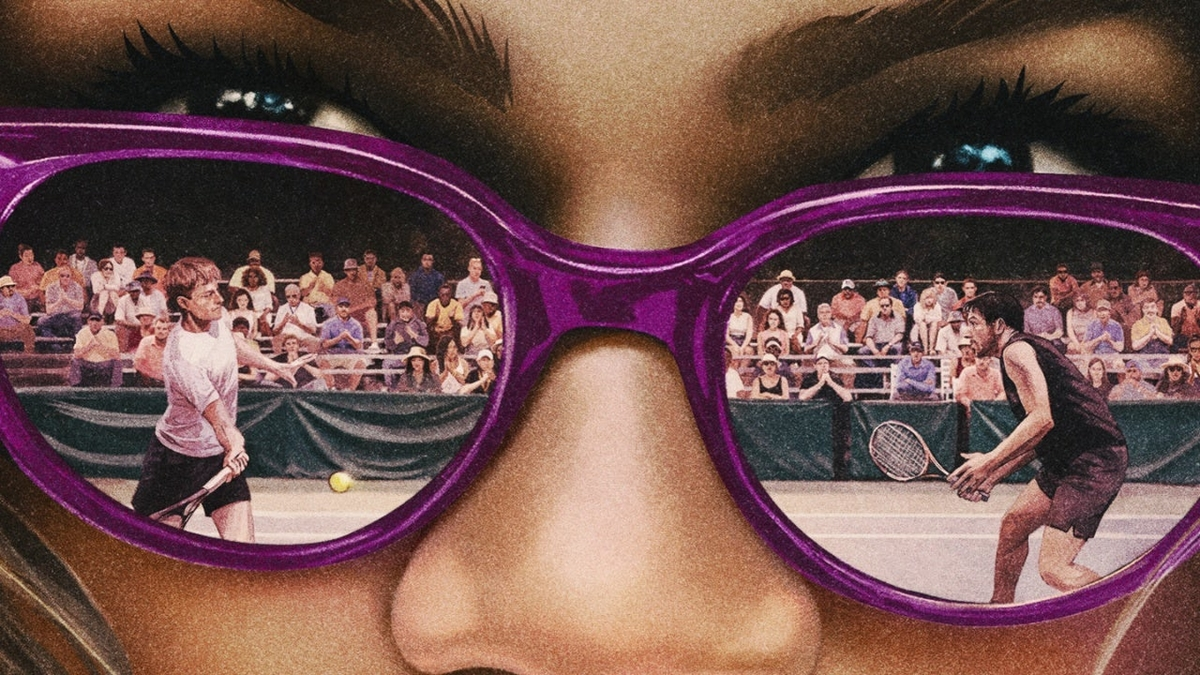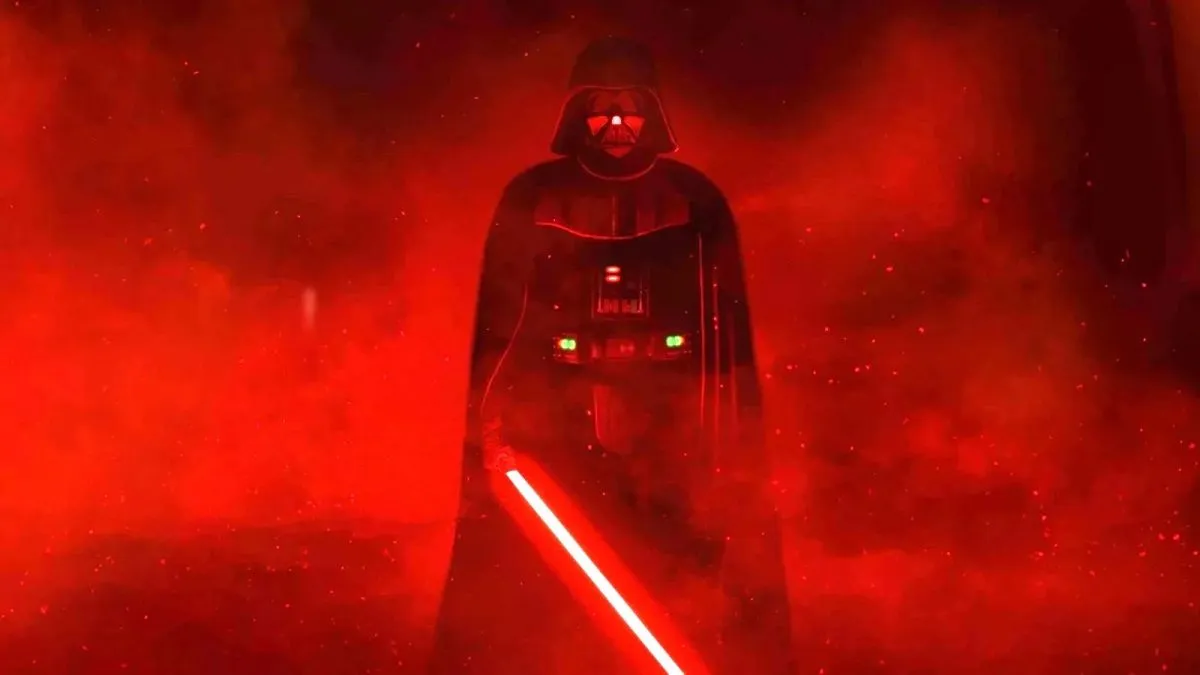When Laika Entertainment emerged on the scene in 2009 with Coraline, moviegoers and critics had no clue what to expect. Specializing in stop-motion, the studio seemed to grasp the medium like few before it truly had, leveraging its surreal yet tangible style to craft stories like no one else in the industry. However, that film was also bolstered by the involvement of The Nightmare Before Christmas director Henry Selick and the Neil Gaiman source material. The financial and critical success of Coraline could just as easily been a one-off fluke, a case in which the upstart studio got lucky with its first feature.
Yet, in the years since Coraline, Laika has maintained a high standard for stop-motion animated films, following its debut with Paranorman and The Boxtrolls in 2012 and 2014, respectively. Both films performed modestly at the box office but received similar critical acclaim and awards recognition as their predecessor. Now Laika continues its creative hot streak with perhaps its most ambitious film yet, the Japanese-influenced epic Kubo and the Two Strings, proving beyond the shadow of a doubt that Laika is producing the best stop-motion work out there.
The directorial debut for Laika president and CEO Travis Knight, the film tells the story of a young one-eyed boy named Kubo (voiced by Art Parkinson of Game of Thrones fame) who finds himself drawn into a quest to locate a legendary relic. Along the way, he’s aided by a particularly tough monkey (Charlize Theron) and a man-sized beetle (Matthew McConaughey).
Steeped in the visual style and thematic ground of its anime forebears, Kubo and the Two Strings arrives in a year that’s already populated by such critically acclaimed animated family hits as Kung Fu Panda 3, Zootopia, Finding Dory and The Secret Life of Pets. Laika is already joining one of the strongest years in recent memory for major animated releases with their fourth feature. So the fact that Kubo and the Two Strings still stands out as one of the most satisfying says a lot about its pure entertainment value, even if it lacks the narrative cohesiveness of some other recent animated films.
From a design standpoint, the film is one of Laika’s strongest, right up there with some of the studio’s most detailed and unforgettable work. The intricacy behind the characters and the landscapes they inhabit is truly impressive and deserves to be seen on the big screen. In particular, the sequences involving enchanted origami papers who take the shape of figures in a mythical tale of good versus evil stand out as the most distinctive example of the kind of magic Laika can bring to life.
While the setup behind Kubo and the Two Strings is compelling, the film’s story doesn’t quite live up to its more thrilling aspects. Plot-wise, there isn’t really that much to the movie beyond a simple journey to locate magical artifacts that Kubo can use to defeat an enemy. However, this approach too hews closely to the anime tales that so clearly inspired Kubo in the first place. The focus here is far more on the characters themselves, their emotional arcs and the larger themes that result from them.
Theron and McConaughey deliver warm, funny vocal performances the caliber of which moviegoers might expect from the two Oscar-winning stars, and the young Parkinson shines as the heroic boy whose fate hangs in the balance. However, Rooney Mara steals the film as a pair of chilling witches in pursuit of Kubo. The quality of the voice cast aside, it’s still disheartening that Kubo and the Two Strings fails to populate its major roles with actors of Asian descent. Only George Takei and Cary-Hiroyuki Tagawa (in minor roles, no less) represent the Japanese culture depicted in the film.
For families in the mood for an adventure filled with eye-popping visuals and some light-hearted humor, Kubo and the Two Strings is still a good option, especially as the summer movie season winds down. The film’s use of spirituality, mysticism and the role that storytelling plays in our lives is well-suited to the story at hand, and composer Dario Marianelli’s score neatly punctuates all of the above, making Laika’s latest effort the studio’s fourth consecutive winner all around.






